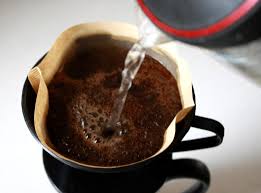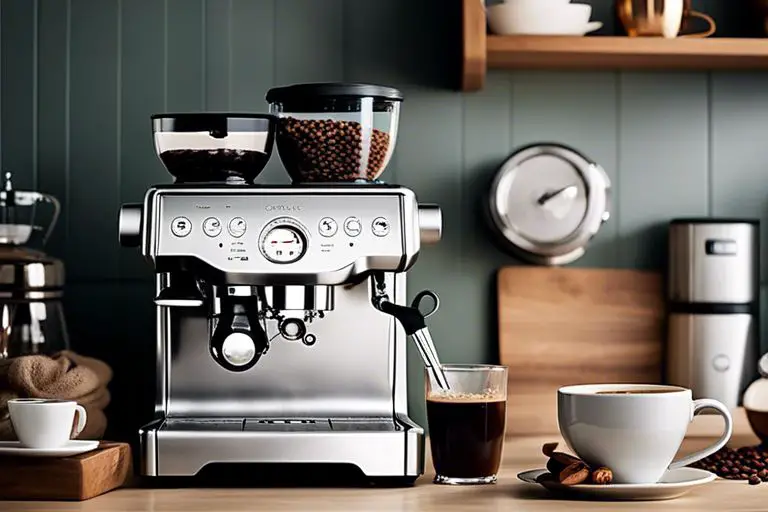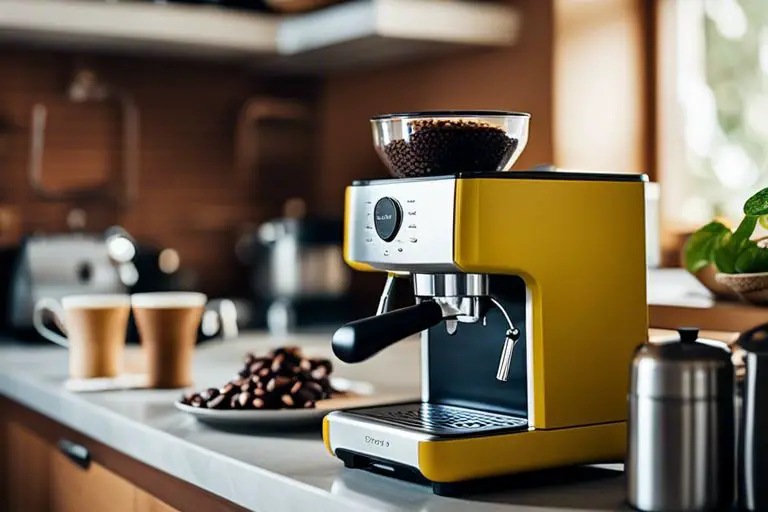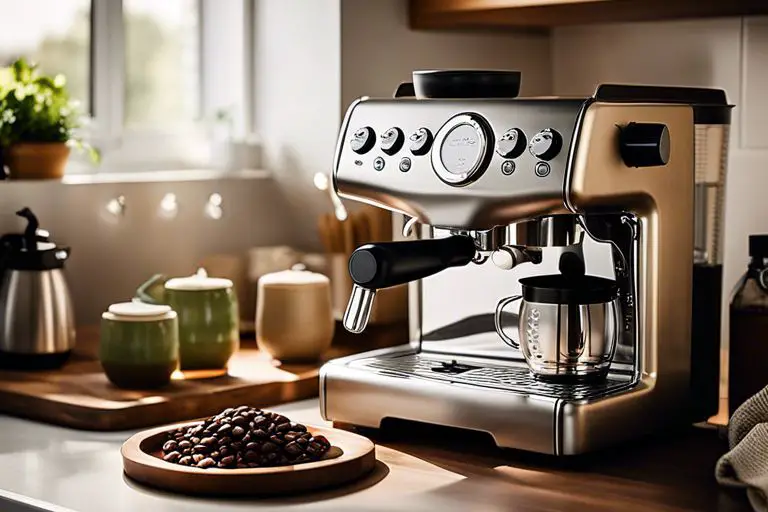The type of coffee you are using will determine whether coffee dissolves in water or not. Coffee will only fully dissolve in water if you are using instant coffee granules. If you are using ground coffee beans then the coffee will not fully dissolve, only 30% will dissolve and the other 70% will remain intact.
Everything is either fully water soluble, fully insoluble, or part soluble. Without getting technical that basically means will it dissolve in water or not.
Coffee falls into the category of part soluble. Some of it dissolves in water and some of it doesn’t.
Different countries have become accustomed to drinking different types of coffee. In the UK, most people still buy instant coffee despite it having much less flavour than freshly brewed coffee.
Although each year, more and more people are converting to using freshly ground coffee but about 70% of people still buy instant coffee in the UK and when you add that to water it will fully dissolve so it’s easy to think that coffee does dissolve in water when in reality it does not, only some of it does.
In other parts of the world, like the USA, instant coffee is far less popular with only about 7% of the population choosing the instant coffee granules with everyone else choosing to brew freshly ground coffee beans.
Go to any supermarket website like Tesco for example and you will find an entire section on “instant coffee” with literally dozens of different options to choose from and you even find sub-sections entitled “Luxury instant coffee”.
For the record, there is no such thing as luxury instant coffee because all instant coffee is bad compared to all the other methods for brewing coffee.
We have an issue with coffee being called “instant coffee” because there is actually nothing “instant” about it and it just adds to the confusion about coffee in general.
You have to boil the kettle and add the coffee to your cup and then add milk and sugar. Depending on how good your kettle is that can take anything from 2-3 minutes or more.
Instant, as defined in the dictionary, is described as “happening or coming immediately”. Doing a Google search and seeing the results in about 0.5 seconds is fair to classify as instant but 3 minutes to make a coffee cannot be instant.
I guess when you add water to instant coffee it does dissolve instantly into the water ready for you to drink but so does other types of coffee like espresso but we don’t call that instant espresso.
With bean to cup coffee machines you can get a freshly brewed cup of coffee in under a minute so you could argue that is more instant than instant coffee.
Why does instant coffee fully dissolve in water?
“Instant coffee” or soluble coffee granules as they should really be called, fully dissolve in water because believe it or not it’s coffee that was already turned into liquid coffee months before and then frozen before being broken down into the small pieces you get inside the jars in the supermarket.
The teaspoon of coffee that you add to your cup is only about 30% of how the coffee started out. The other 70% was removed when the coffee was brewed first time round.
It’s a bit more complicated than that so if you want to understand exactly what instant coffee is and how it is made then this article explains in more detail:
Why does freshly ground coffee not fully dissolve?
As with most things, fresh is best and coffee is no exception. To enjoy the best tasting coffee, buy whole coffee beans and grind them just before making your coffee.
You will then be left with ground coffee that is ready for the soluble parts to be extracted from the coffee grounds when mixed with water.
Only 30% of the ground coffee will actually dissolve and the other 70% will remain to be either discarded or reused.
Here are some things you can do with used coffee grounds:
Brewing methods that leave coffee undissolved
Cafetière or French Press coffee
With a cafetière, you add ground coffee beans and mix with hot water. This method of brewing coffee allows the soluble elements of the ground coffee to dissolve into the water creating the coffee that can be poured into the cup.
Once the water has been mixed with the ground coffee for about 4 minutes the cafetière includes a plunger that pushes all of the undissolved coffee grounds to the bottom of the cafetière but leaves all of the good stuff that has dissolved ready for drinking.
How to make coffee in a cafetiere
Filter coffee
These types of coffee machines also use ground coffee beans but instead of mixing the coffee with water like a cafetière, hot water is poured on top of the ground coffee and as it filters its way through the coffee it dissolves the soluble parts of the ground coffee and drips through into the jug below ready for drinking leaving the undissolved coffee grounds in the filter above .
Bean to cup coffee
With these machines you add whole coffee beans to a container at the top of the machine and when you are ready for a coffee the machine will automatically grind the beans and force water through the ground coffee at high pressure dissolving some of the coffee grounds for more intensely concentrated espresso that you can add milk to for cappuccinos and lattes.
The undissolved coffee grounds are discarded into a container at the bottom of the machine so you can deal with them after you have made a number of coffees unlike a cafetière and filter coffee machine where you have to sort out the used coffee grounds after each brew.
Best bean to cup coffee machine
Espresso machine coffee
Similar to bean to cup coffee machines in that the water is forced through the ground coffee at high pressure but it’s more manual and you need to discard the undissolved coffee grounds each time you make yourself a coffee.
Manual espresso machines can be cheaper than bean to cup coffee machines as they require more effort to produce a coffee and the undissolved coffee grounds need to be dealt with more often.
The above methods to make coffee cover pretty much all of the ways that most people choose to make coffee on a daily basis and now you understand which methods dissolve coffee completely and which leave some of the coffee undissolved.
You can now make an informed decision as to which method works best for you with the time you have available.
For a more detailed breakdown on the different ways to make coffee you can check out this article:




